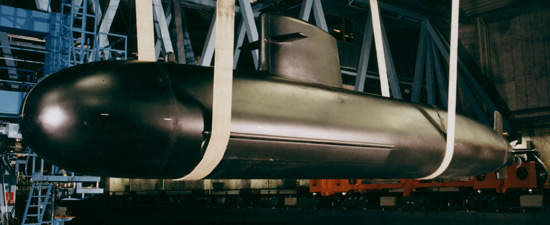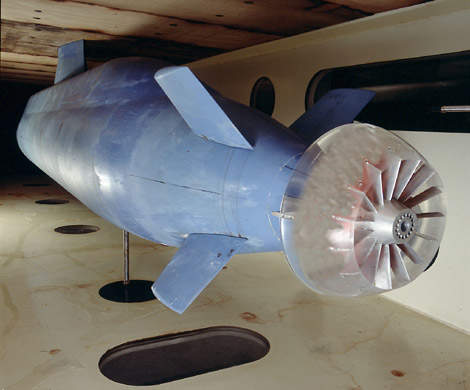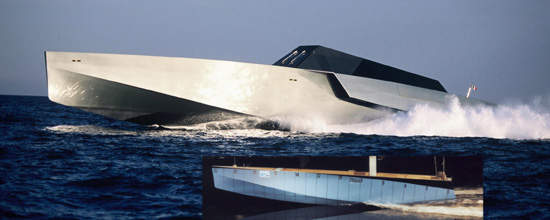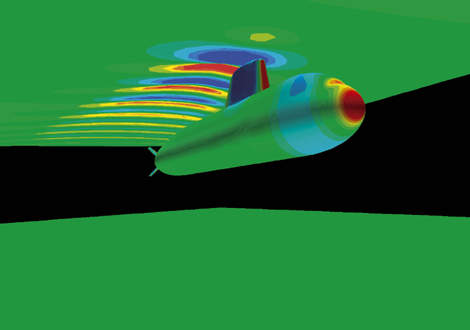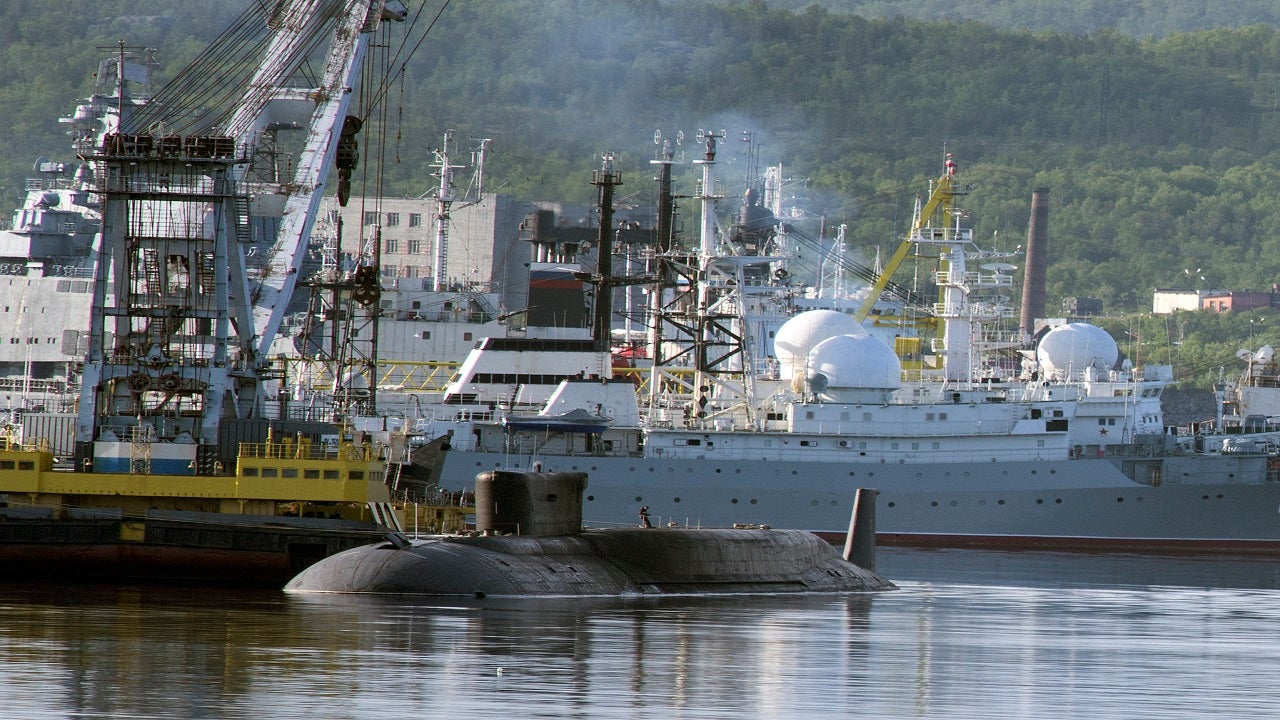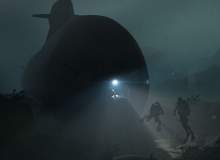SSPA Sweden provides services in the areas of ship design, submarine designs, acoustic signature, vessel testing, systems engineering and maritime operations. SSPA’s expertise in hydrodynamics, underwater acoustics and simulations is used in the design of ships and marine structures, and in the development of simulators. Over the years, more than 250 studies for torpedoes and 600 studies for submarines have been conducted by SSPA.
Ship systems-engineering design
There is a strong need for thorough ship systems-engineering design. Following the experience from the design work with the Visby Class corvette, SSPA has developed, on commission from the Swedish Defence Materiel Administration, tools for high-level system performance analysis of dynamic systems.
New methods for ship systems-engineering design have been developed, including requirement handling, integration, validation and verification.
Submarine designs
SSPA has been involved in the hydrodynamic development work on all submarine designs for the Swedish Navy, and during the last five years SSPA has been involved in five European projects for submarine designs. This has provided SSPA with valuable experience evaluating the hydrodynamics of submarines during the design process.
Hydrodynamic investigations of a submarine design project have many different aspects, such as hull lines and appendage positioning, speed-power prediction, propulsor design, wake field optimisation, cavitation tunnel tests and verification.
The acoustic signature
The acoustic signature is one of the most important signature parameters in ASW (Anti Submarine Warfare). SSPA has long experience in predicting passive and active acoustic signatures, detection distance, target range and probability of detection for surface vessels, submarines and torpedoes in shallow waters (the littoral zone).
Target echo strength predictions are carried out both for operational submarines and submarines in the concept stage. By the use of hydrodynamic propeller design calculations, numerical prediction of propeller singing and strength calculations using FEM, a good compromise between radiated noise, cavitation and efficiency is sought.
Vessel testing and development
SSPA has participated in the vessel testing and development for several high-speed vessels from a number of customers. This vessel testing has covered many different ship types, from motor yachts and high-speed water jet ferries – such as the HSS catamaran for Stena Line – to naval vessels such as the HMS Visby corvette and the fast patrol / combat boat 90H.
The development of the Visby class corvettes began in the late 1980s with the development of the experimental SES platform HMS Smyge.
Maritime operations and risk analysis
Maritime operations and risk analysis give decision-makers the insight they need to make confident choices. Studies of ship manoeuvring in narrow fairways under difficult weather conditions or in meeting and overtaking situations, interaction between the ship and the environment, route analyses, and terminal or port operations are essential areas studied by utilising advanced simulators and customised software.
Naval test facilities
Physical model testing will continue to be an important tool in the process of developing ships and assessing their performance. SSPA’s naval test facilities have the capability to perform most kinds of model testing (including a towing tank, a large cavitation tunnel, and a seakeeping and manoeuvring basin maritime dynamics laboratory).
A primary use of the cavitation tunnel at our naval test facilities, in addition to cavitation studies, is measurement of pressure pulses and radiated noise from all kinds of vessel.
SSPA has 65 years of experience in model testing, and a database containing more than 6,000 ship hull forms provides the basis for result analysis and guidance for hull form optimisation of merchant ships as well as naval vessels.



